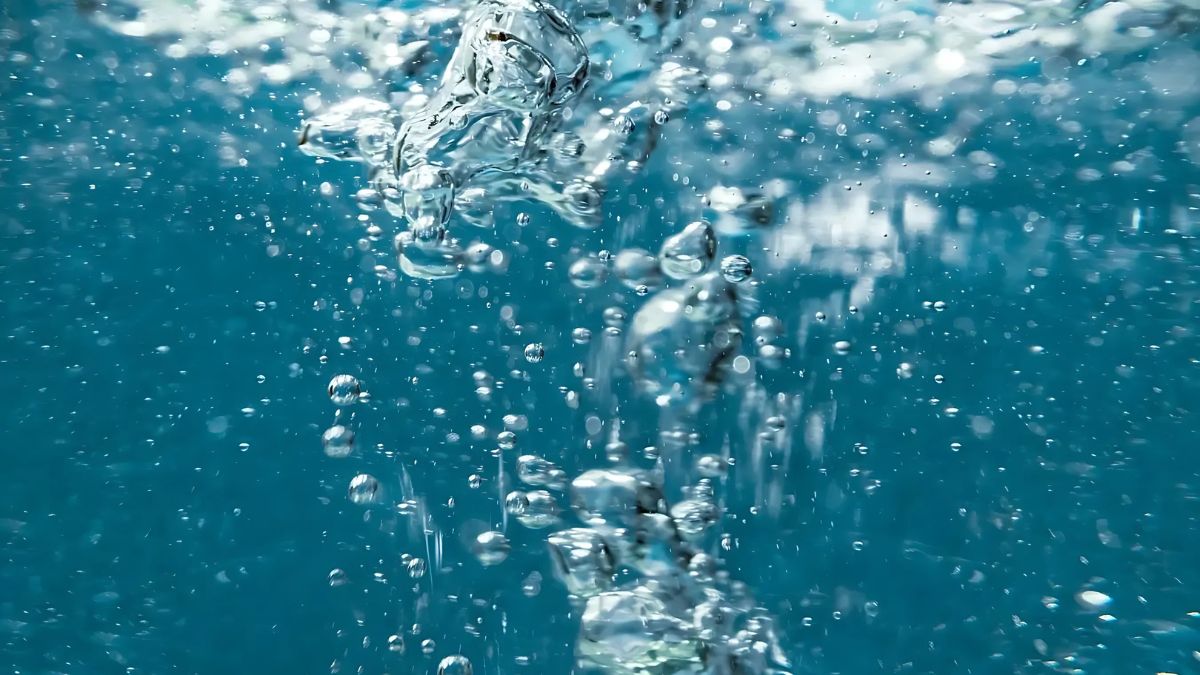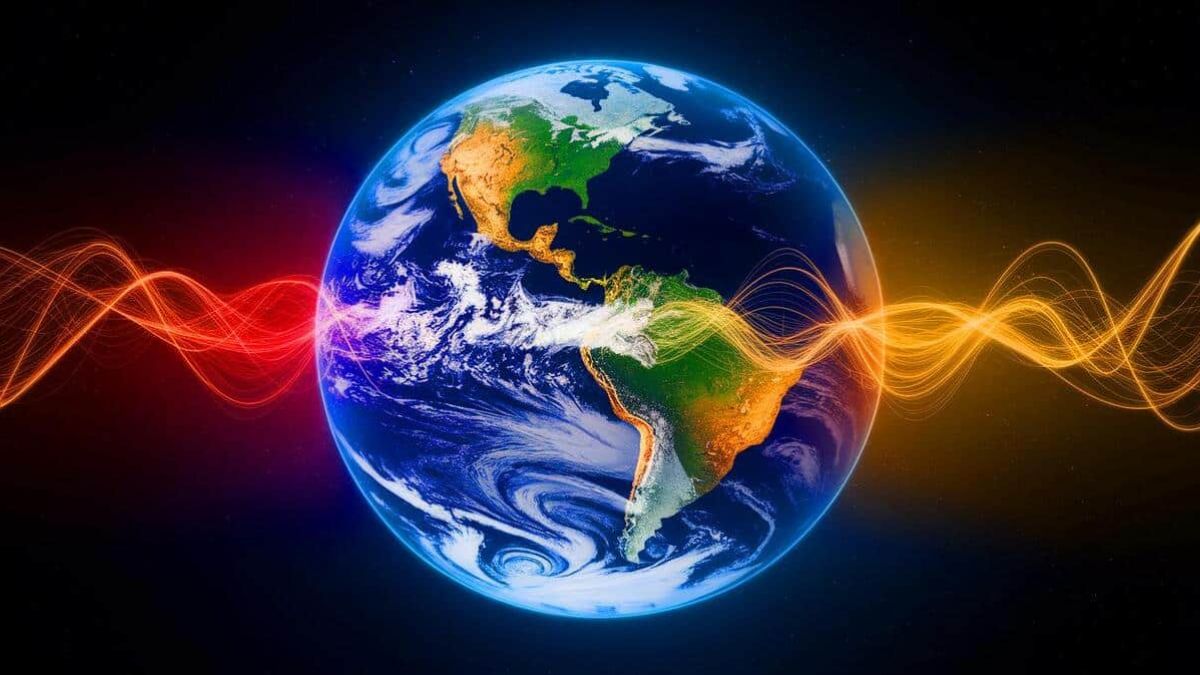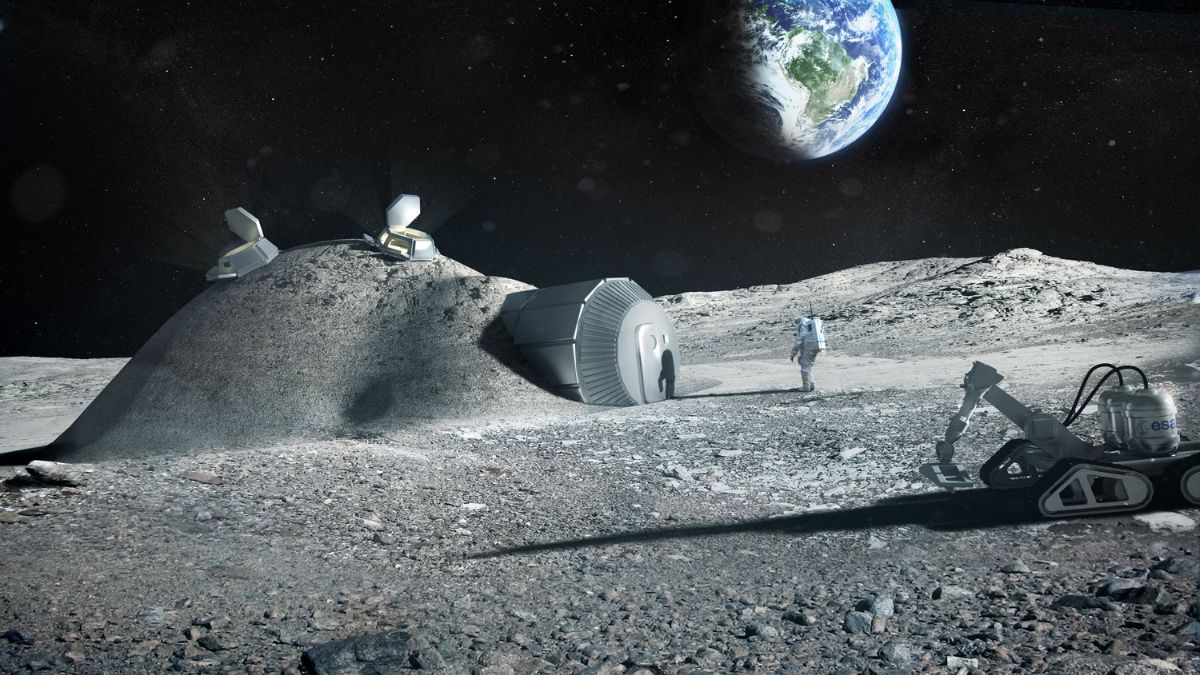Sustainability may be the word of the century, but not everyone seems ready to embrace it. While climate change tightens its grip and millions struggle with water shortages, a shocking trend has emerged: billionaires building their own private lakes. Known as lagoons, these man-made water paradises are reserved for the wealthy, inaccessible to the public, and in many cases, built in areas already suffering from drought.
Selfishness
Private lakes are not especially complex to build, yet their rise has been dramatic in the past decade. In times of growing income inequality, the wealthy have found a way to turn the most basic resource—water—into an exclusive status symbol.
Developers have capitalized on this demand by creating entire waterfront communities. These neighborhoods offer luxury homes alongside artificial lakes, marketed as vacation or family retreats, but at the cost of draining water from surrounding communities.
Examples
The Western United States, with its arid landscapes, has become a hotspot for private lakes. Despite the region’s chronic water shortages, multimillion-dollar developments keep springing up. Some of the most notable examples include:
| Lake / Community | Location | Size & Details | Home Prices |
|---|---|---|---|
| Lake Palestine | Tyler, Texas | 18,000-acre lake, gated communities, vacation homes | Multimillion |
| Mountain Falls Lake | Utah (near Park City) | 445-acre private lake, built in the 1990s | Starting at $2M |
| Stillwater Lake | Colorado (near Aspen) | 25-acre lake stocked with trout and bass | Average $4M+ |
In Mexico, the trend has reached elite resort towns such as San Miguel de Allende. Billionaire German Larrea’s massive 7-acre lake inside the L’Umbracle development sparked outrage after environmental groups denounced it as an illegal appropriation of public water.
Inequality
This phenomenon highlights one of today’s most serious global challenges: water inequality. Climate change, poor infrastructure, and increasing populations are already stressing water supplies. When the wealthy divert massive amounts of water for private leisure, it deepens the divide between rich and poor.
In the Americas especially, weak investment in water infrastructure and mismanagement have worsened the problem. The rise of private lakes has turned water into a luxury asset rather than a shared necessity. Communities already on the edge of scarcity are left more vulnerable while the ultra-rich enjoy exclusive swimming paradises in deserts.
Outlook
It’s easy to lose faith when we see water becoming a tool of privilege. Yet, innovation offers some hope. From hydrogen-based fuels to new desalination methods, there are promising technologies that could make water use more sustainable and accessible in the future.
Still, the existence of private lakes remains a stark reminder that climate challenges are not just environmental but also social. Unless water is treated as a collective resource, inequality will only deepen. For now, the hope is that awareness, policy changes, and technology will help reverse this damaging trend before it becomes the norm.
FAQs
What are private lakes?
Artificial lakes built for wealthy individuals or communities.
Where are most private lakes located?
Mainly in arid U.S. states like Utah, Colorado, and Texas.
Why are private lakes controversial?
They consume scarce water resources during shortages.
Who built Mexico’s most notorious private lake?
Billionaire German Larrea in San Miguel de Allende.
Can private lakes affect water access?
Yes, they worsen inequality by diverting water from communities.























